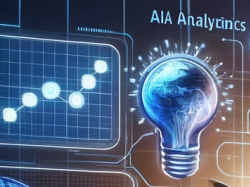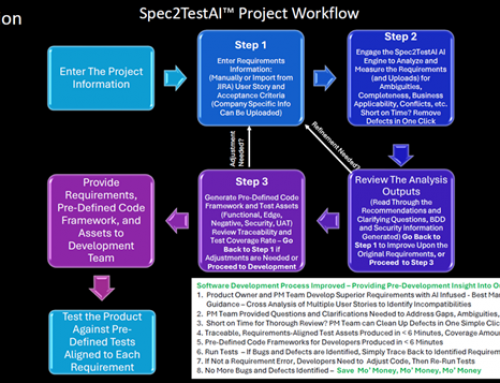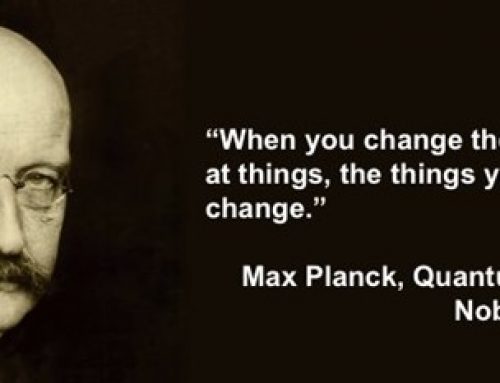Blog
AI, Sustainable IT, and Scope 1 vs. Scope 3 Emissions
Missy Trumpler | January 8, 2024
The last piece I wrote on Sustainable IT and Spec2TestAI™, I discussed how #Sustainable IT has been a rather nebulous term when embedding sustainability into Business Operations. The usual suspects that are addressed in Operational Best Management Practices and Policy as it relates to #IT are to turn off computers at certain hours, buy energy star rated or more efficient equipment for processes, have your computer go into sleep mode when not in use for any length of time, and managing KW vs KWh, etc. In that discussion, I introduced a new Gen AI-Driven Software Development Life Cycle (#SDLC) Platform, Spec2TestAI Abriz™. Pronounced “A-breeze”.
This defect prevention tool is an AI driven platform that guides and trains SDLC users to improve their #requirements, user stories, and acceptance criteria; thereby facilitating the production of better- #quality #software with faster speed to market times. Spec2TestAI Abriz™ is a game changer in the software development field, yes, as it increases operational #efficiency and productivity 10-fold (actually 96-fold when automatically generating test cases, #BDD and #security assets, etc); but what about energy use and the effect it may have on an organization’s energy efficiency and carbon footprint improvement goals?
The easy answer is that depends. That depends on how the AI is being employed by an organization. It’s no secret that AI is energy use intensive; however, what seems to get overlooked quite a bit in the conversation is that much of the AI driven work can and is being done “in the cloud”. Though it is intense, an organization’s energy draw for certain business functions with Spec2TestAI™ is being moved from Scope 1 emissions generated on-site, to Scope 3, off-site supply chain generated emissions when engaging the AI for analysis and generation of assets.
Now consider the associated “time of work” that a #projectmanagement team would allot for these tasks. In my real-world example above, Spec2TestAI Abriz™ automatically generates #testcases 96 times faster than a human, literally taking less than 4 minutes (240 seconds of cloud-based machine activity) to produce what takes at least 6 hours to produce manually. Now consider that while producing that one test case, Abriz™ is simultaneously producing edge and negative test cases, BDD Assets, etc. If you took each of the activities Abriz automatically executes and applied the 96x rule of taking an average of 6 hours each, in less than 4 minutes Spec2TestAI Abriz™ has generated a myriad of appropriate and applicable deliverables that reflect over 36 hours’ worth of manual work. 36 hours of manual computer time – using servers, drawing electricity, adding to the energy use intensity; versus 4 minutes of cloud-based activity. That is a phenomenal energy savings. This figure doesn’t even account for the reduction of defects which according to the Standish Group’s 2020 CHAOS report are responsible for 42% of all technical debt and software downtime. Defects represent another massive bank of energy use associated with hunting them down and correcting them, many of which can be entirely avoided by employing Spec2TestAI Abriz™ to assist you from project concept to development.
Some would still argue that employing AI isn’t saving anything on energy because it’s just transferring the energy use of one organization over to another: from Scope 1 to Scope 3 emissions, like AWS Cloud Services. I strongly disagree with this theory. This is like comparing an arborist with a garden hose fighting a wildfire, to a trained fire department with all the necessary personnel and tools at their disposal, fighting that same wildfire.
Studies by 451 Research, an organization focused on the impacts of enterprise level IT, have shown that AWS’ infrastructure is 3.6 times more energy efficient than the median of U.S. enterprise data centers surveyed and up to five times more energy efficient than the average in Europe. 451 Research also found that AWS can lower customers’ workload carbon footprints by nearly 80% compared to surveyed enterprise data centers, and up to 96% once AWS is powered with 100% renewable energy — a target they are on path to meet by 2025. AWS and the other Big Tech behemoths have been strategizing and implementing renewable energy strategies for decades now, seizing any and all opportunities to reduce their carbon footprints, offset energy use and embed resiliency as much as possible.
AI and the innovation of well-designed and effective business efficiency SaaS tools like Spec2TestAI Abriz™ has created a unique opportunity to seize a better way to draw energy for our business technology needs. By shifting the heavy lifting of energy use intensity increases associated with AI over to the organizations that are best equipped to handle those increased loads, we are doing a better job of implementing sustainable IT in our own organization. Understanding that principle, should provide further impetus to embrace AI in sustainable business operations, rather than shy away from it.





